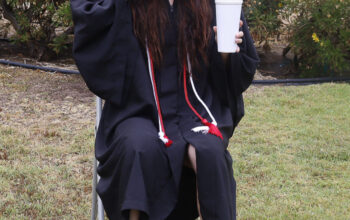You fail the first test. The material is over your head. The professor’s teaching style and your learning style conflict. You work long hours to pay for school, and you can’t keep up. Life happens and you have to drop a class.
But you can’t drop without consequence.
A quietly announced change of deadline earns you a big, ominous “W” to forever remind you and admissions officers that you withdrew from a class.
This semester, a decision by the state of California shortened the drop deadline from Sept. 27 to Sept. 9 for all community colleges, allowing students only two weeks to drop without penalty of withdrawal.
A grade of “W,” or a withdrawal, counts as an attempt for that course and stays on your transcript forever, according to a press release on Pierce College’s website, Pulse Online.
Students who dropped late and were uninformed of the new deadline change will carry that ambiguous “W” with them as they apply to transfer schools, graduate schools and further education.
Though it does not affect grade point average, too many withdrawals may force admissions representatives to question a student’s determination and staying power, as my college counselor hastily reminded me after my first withdrawal.
And yet students were largely unaware of the new drop deadline.
It was announced just four days before the new deadline, and students were only notified by the brief Pulse Online news release on the school website.
The drop date was also listed in a tiny column in students’ online class schedules. But if students weren’t anticipating a system-wide change, they may not have been looking for it.
The decision was made to “better assist students who are struggling to get into the classes that meet their educational goals,” according to “Sept. 9 is Drop Deadline for Fall” on Pulse Online.
“With budget cuts and filled-to-capacity classrooms, the state has determined that there just isn’t room for students to take classes over and over again without completion, or to sign up for a class they don’t intend to finish—ultimately taking a seat away from a more serious student.”
As we all know, sometimes life throws even the “more serious student” a curve ball. We underestimate the rigor of the course or overestimate our time and energy.
For those emergency moments of panic and frustration, we deserve at least one month of adjustment in the beginning of a semester, especially for incoming students.
If we don’t get our choice of classes at a reasonable tuition, we at least deserve that safety net.
The state may try to assist us by making more seats available in a scant selection of course offerings, but they would better assist us by funding additional sections instead of taking away our safety net as we try to navigate the painful state of our current education system.


